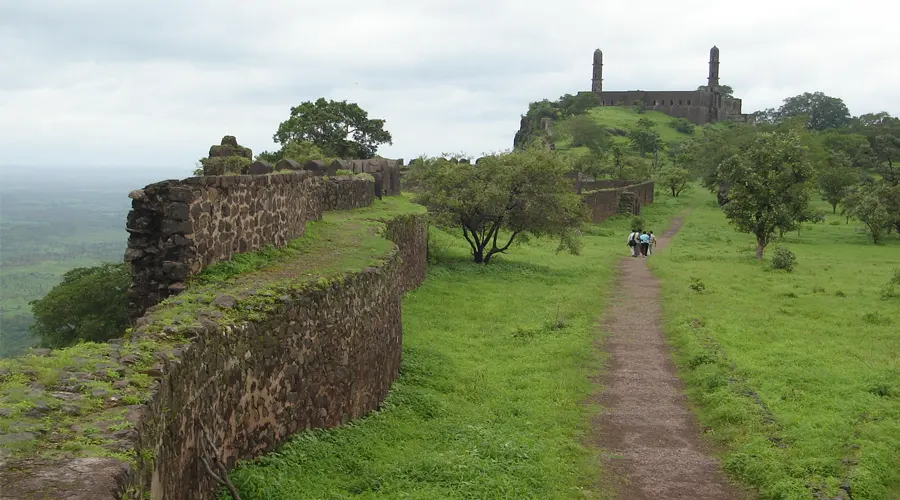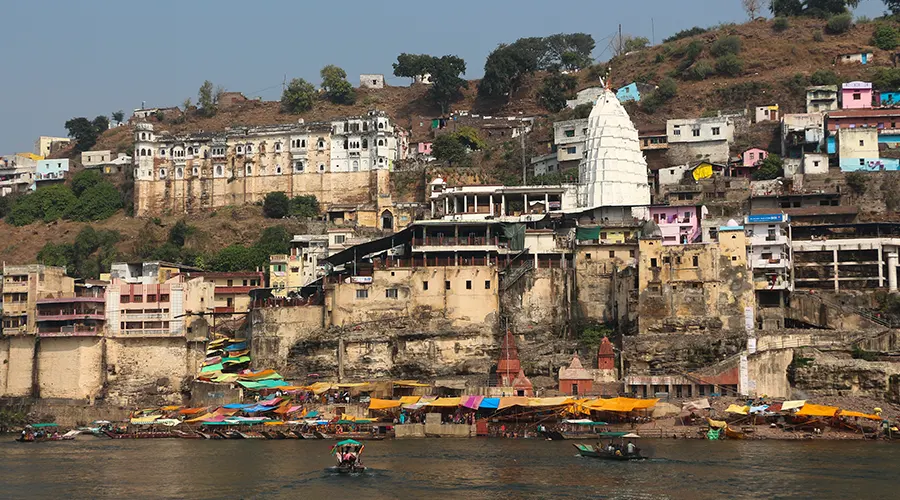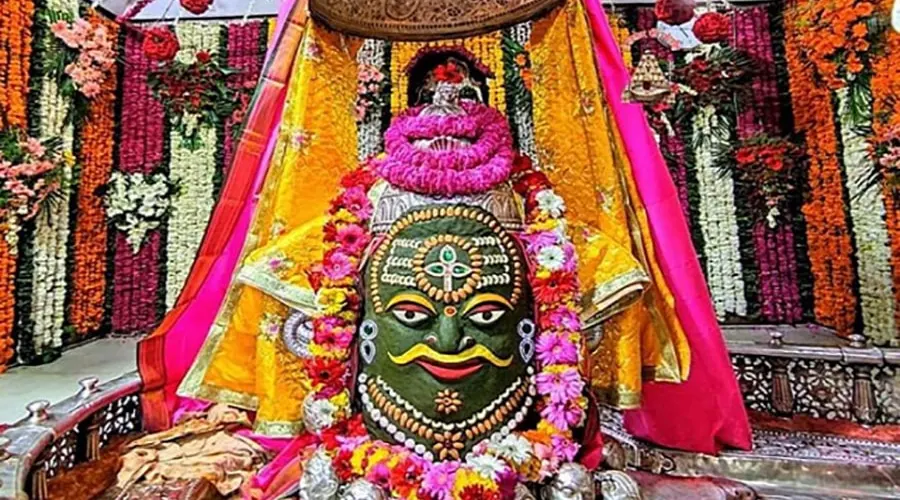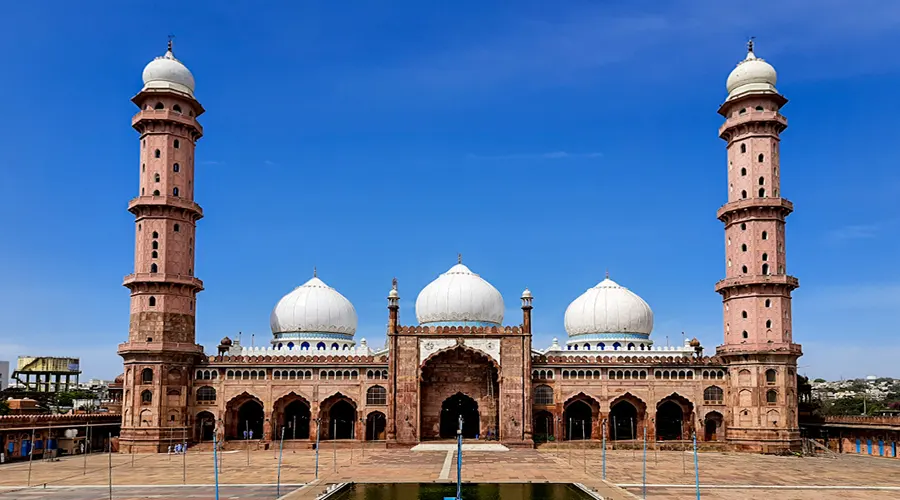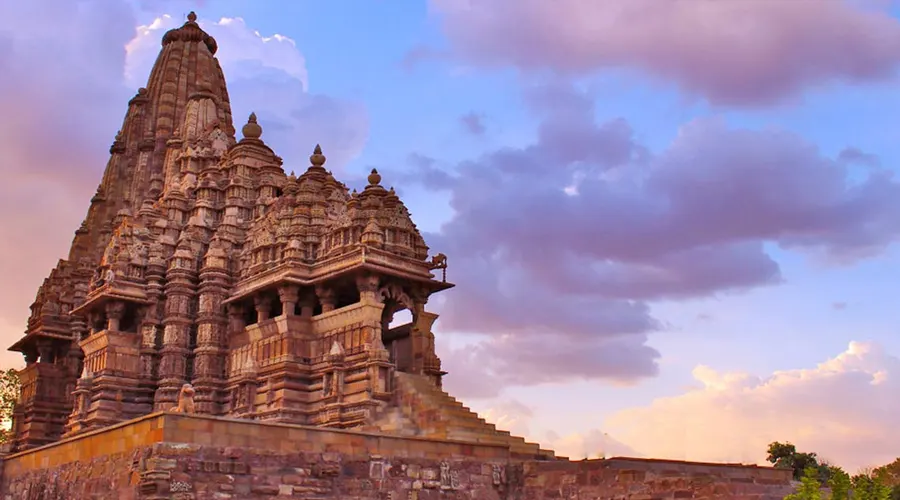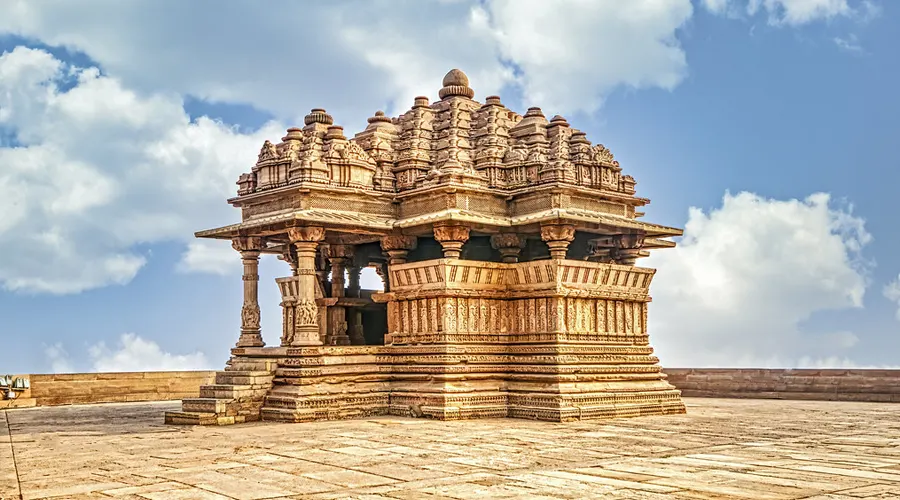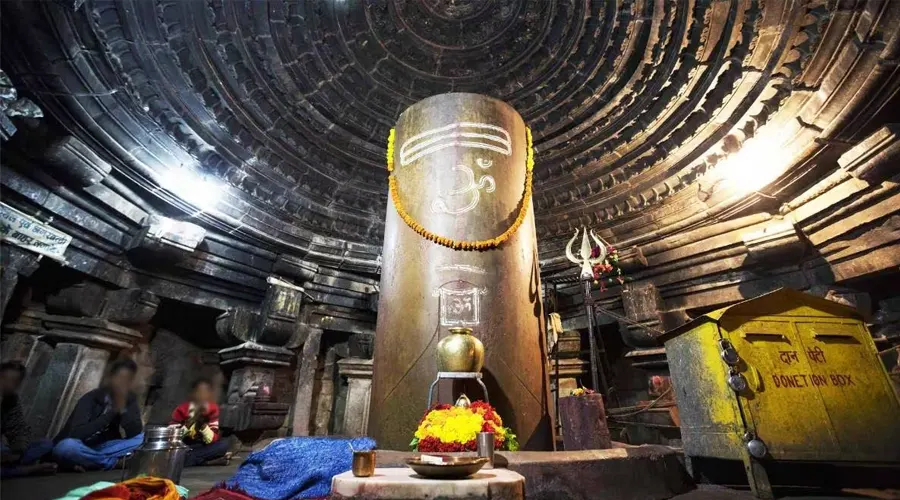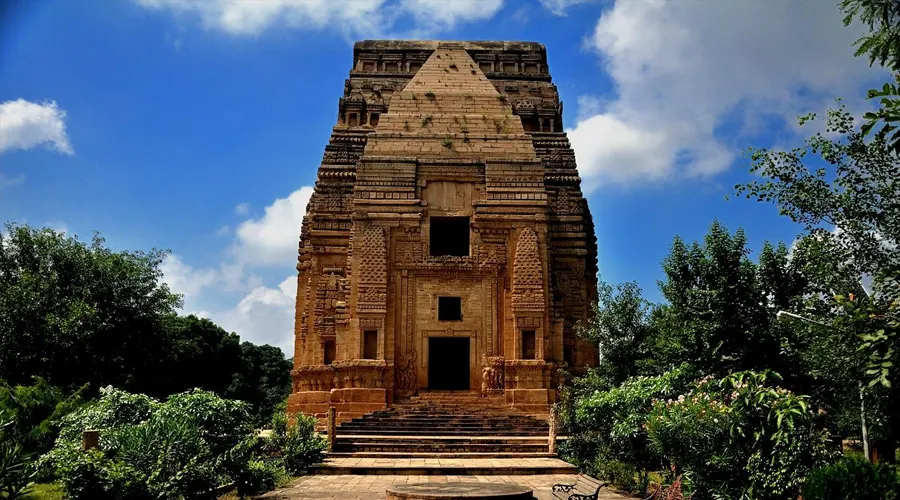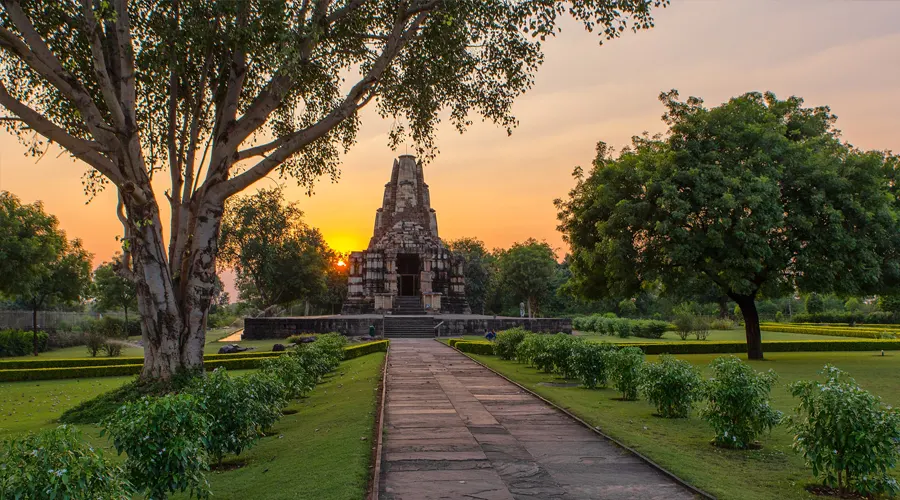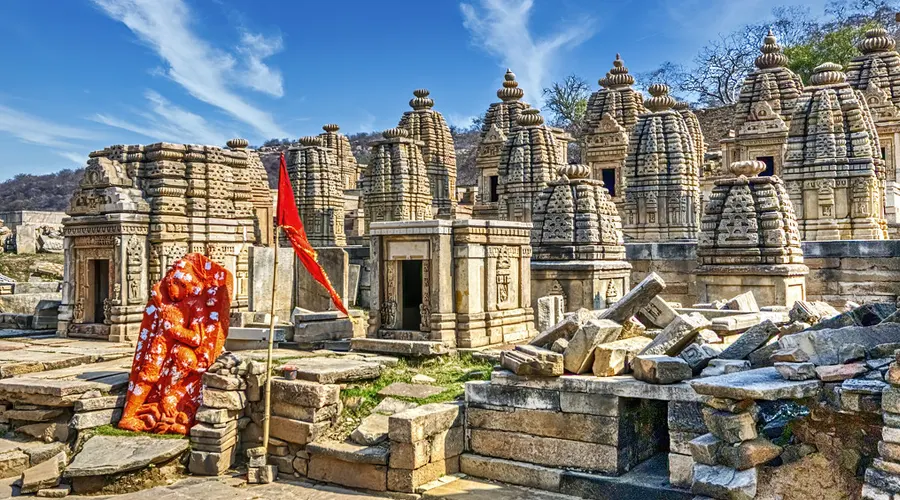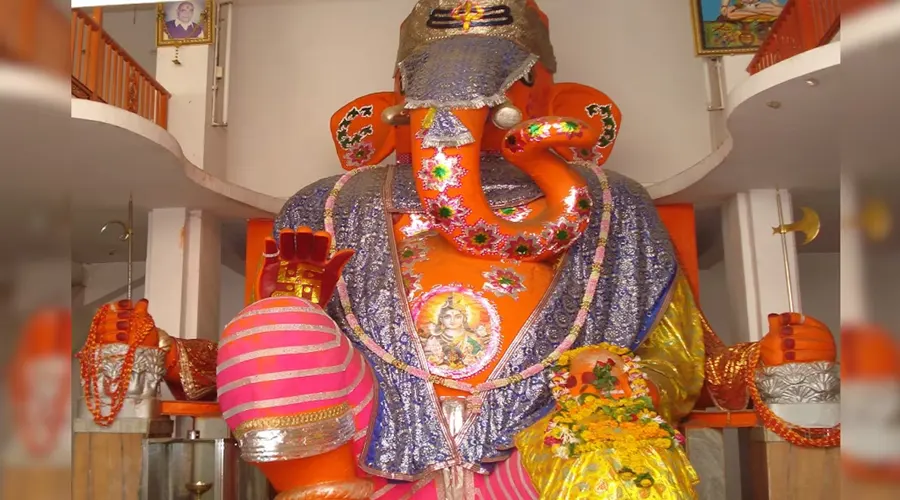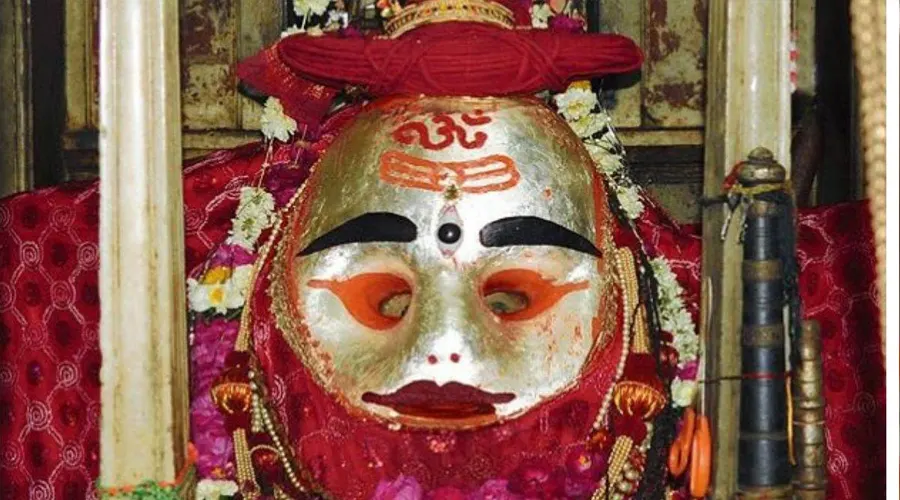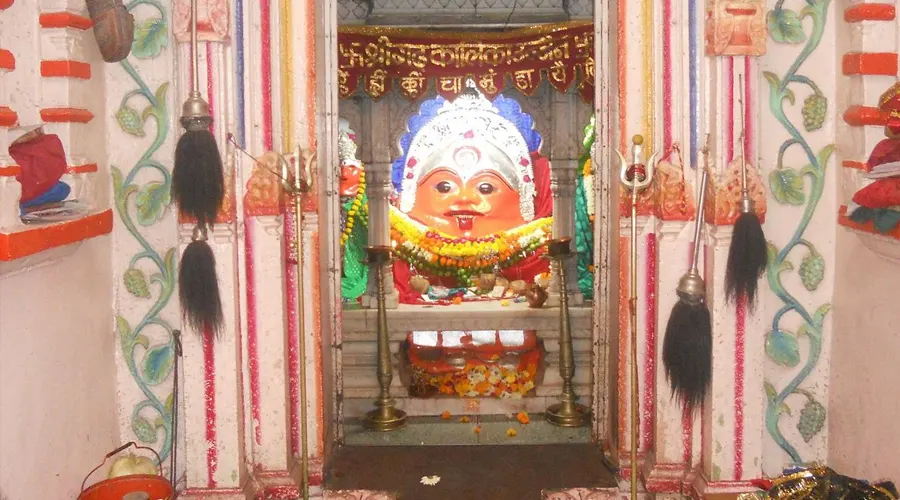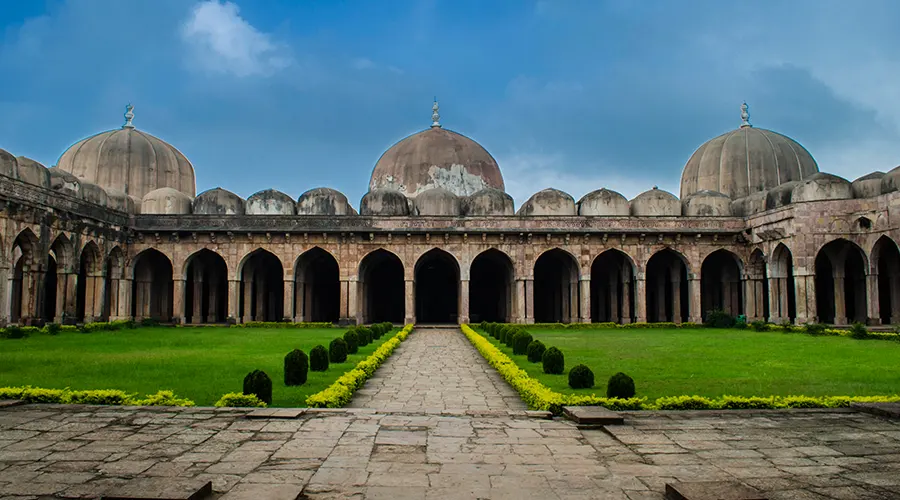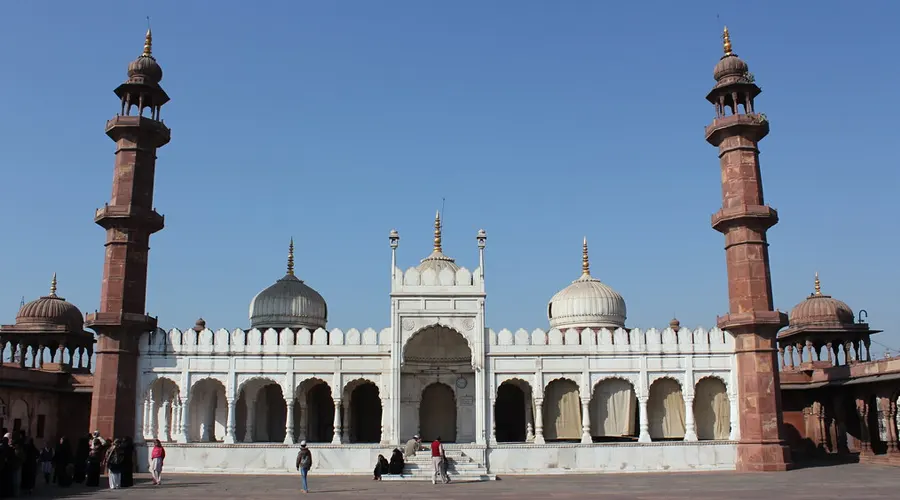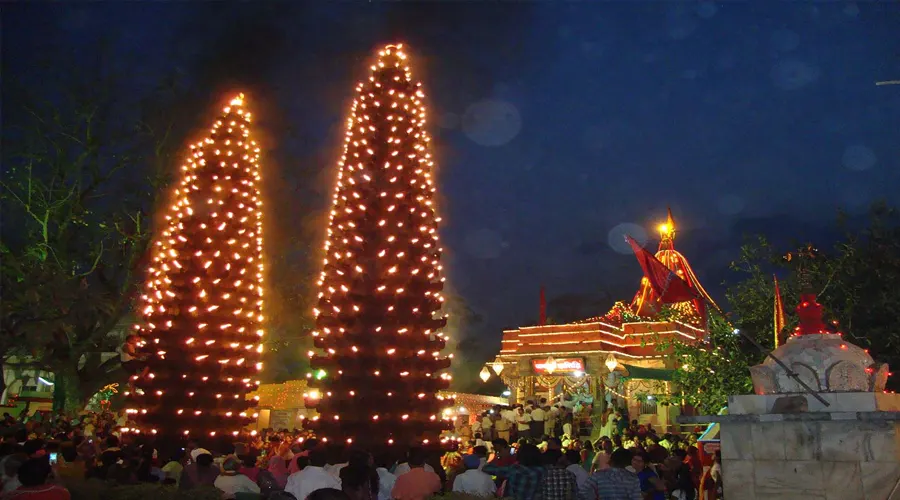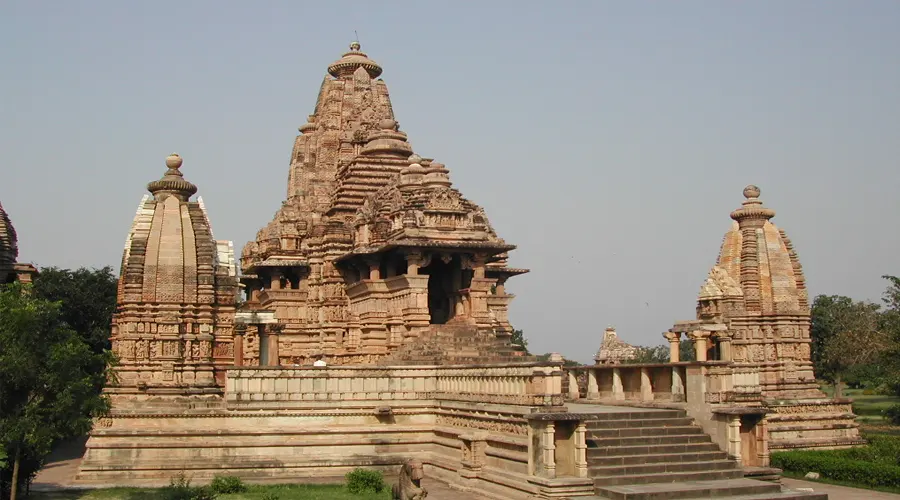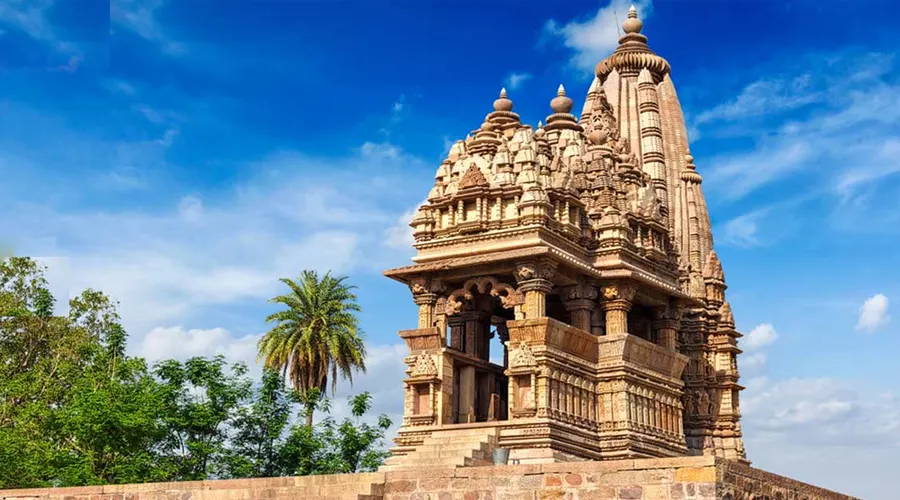Asirgarh Fort
Located in the historic town of Burhanpur in Madhya Pradesh, Asirgarh Fort stands impregnable in the Satpura Ranges. It was built by a zamindar (Landowner) known as Asa Ahir of the Ahir dynasty in the 15th Century. The fort, spread over a total area of more than 60 acres, is situated about 20 kilometers to the north of Burhanpur. It may appear to be a single large fort, but is, in fact, a collection of 3 forts known as called Asirgarh, Karmargarh, whereas the third part is called Malaygarh.
Even though the Asirgarh Fort is now in ruins, it still holds immense importance for history lovers as well as for those who wish to simply explore the beauty of a monument that once held esteem and prestige, but unfortunately could not escape the ravages of time. It is known to be an impregnable fort and has never been taken by force!
Because the Asirgarh Fort demands a pass through the Satpuras that connects the valleys of the Narmada and the Tapti Rivers, which is one of the most important routes from north India into the Deccan, it is also popularly known as the 'Babe Deccan' or the 'Key to the Deccan'. In fact, during the Mughal era, it was widely agreed that the Deccan started from here, while the area that lay between Asirgarh and Delhi was considered to be Hindustan.
History of Asirgarh Fort
The Asirgarh Fort was built by the Ahir dynasty emperor Asa Ahir in the 15th century. When Nasir Khan of Khandesh, a ruler of the Faruqui Dynasty, requested Asa Ahir to provide shelter to his family members, especially women, in the fort since these people were under some potential threat, the latter agreed. This, however, was a conspiracy, and no sooner had the family members been allowed to enter than some trained soldiers under Nasir Khan killed Asa Ahir and all his family members. The fort then came under Nasir Khan's empire.
Nasir Khan's descendant Miran Bahadur Khan, who ruled from 1596 to 1600, refused to pay homage to the Mughal Emperor Akbar and his son Daniyal and asserted his independence. Enraged, Akbar marched to Burhanpur in 1599 and captured the entire city. He then also besieged the fort and captured it on 17 January 1601. Finally, during the Second Anglo-Maratha War, the British forces took the pettah of Asirgarh on 18 October 1803. Eventually, the fort's garrison surrendered on 21 October of the same year.
Architecture of Asirgarh Fort
The Asirgarh Fort was deserted after the departure of the British and is now in ruins. The architectural style of the fort was heavily influenced by the Mughals and is a combination of the Islamic, Persian, Turkish, and Indian styles of architecture. The fort has been constructed of stone, lead, and limestone. Peculiarly enough, it houses a temple, a mosque, and a Gurudwara in its confines!
Structures in Asirgarh Fort
The fort houses a temple which is known as the Gupteshwar Mahadev Mandir and is dedicated to the Hindu deity Shiva. According to local legends, Ashwatthama, a famous character from the Indian epic Mahabharata, visited this temple on a regular basis to worship Lord Shiva and offer him flowers.
Other than the temple, the Asirgarh fort also houses a ruined mosque with minarets, which is known as Asir Masjid, and a gurudwara. There is also a place inside the fort just opposite the Shiva temple where criminals were hung and later on thrown from over the cliff. A vast natural water tank in the fort serves as the water source for the residents of the Fort. One can also find ruins of British origin, British graves, human-made ponds, balconies that showcase royal medieval Indian architecture, and tombs inside the fort.

